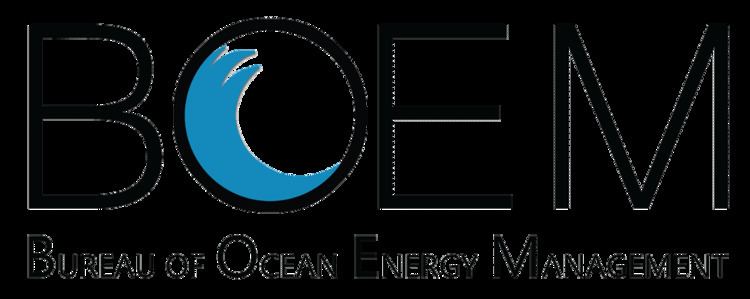Employees N/A Founded 1 October 2011 | Annual budget N/A Headquarters Washington, D.C. | |
 | ||
Formed October 1, 2011 (2011-10-01) Predecessor Minerals Management Service Profiles | ||
Bob labelle science advisor bureau of ocean energy management boem 1
The Bureau of Ocean Energy Management (BOEM) is an agency within the United States Department of the Interior, established in 2010 by Secretarial Order.
Contents
- Bob labelle science advisor bureau of ocean energy management boem 1
- Directors
- Ocean floor surveys
- List of shipwrecks
- WW II
- References
The Outer Continental Shelf Lands Act (OCSLA) states: "...the outer Continental Shelf is a vital national resource reserve held by the Federal Government for the public, which should be made available for expeditious and orderly development, subject to environmental safeguards, in a manner which is consistent with the maintainence [sic] of competition and other national needs."
BOEM and its sister agency, the Bureau of Safety and Environmental Enforcement are the agencies to which this responsibility is delegated. They exercise the oil, gas, and renewable energy-related management functions formerly under the purview of the Minerals Management Service (MMS). Specifically, BOEM activities involve resource evaluation, planning, and leasing.
Directors
The agency's first director, serving from June 2010 to May 2014, was Tommy Beaudreau. The second director was Abigail Ross Hopper. Currently, the deputy director Walter Cruickshank serves as the acting director.
Ocean floor surveys
A function inherited from the MMS is the review of nearly 1,700 planned wells and pipelines every year. The BOEM keeps records of shipwrecks, to ensure the Nation's important historical sites are protected. These shipwrecks, when over fifty years old, are considered National landmarks, and any new wells or pipelines have to be studied for their potential effect on archaeological sites on the outer continental shelf.
List of shipwrecks
The BOEM maintains a list of shipwrecks and the location.
WW II
There were over 100 attacks on ships in the Gulf by German u-boats. Several were listed by the MMS and maintained by the BOEM.
The only known German U-boat to be sunk in the Gulf is U-166. After sinking the SS Robert E. Lee the United States Navy patrol craft PC-566 reported hitting and sinking the submarine. This was questioned and the sinking was attributed to a United States Coast Guard Grumman G-44 Widgeon, that reported an attack over 100 miles away, thought to be the U-166. In 2001 the wreckage of U-166 was identified near the wreckage of the Robert E. Lee and in 2014 the record was set straight that PC-566 actually sunk U-166. In 2014 the position, 28°37′N 90°45′W was designated a war grave.
